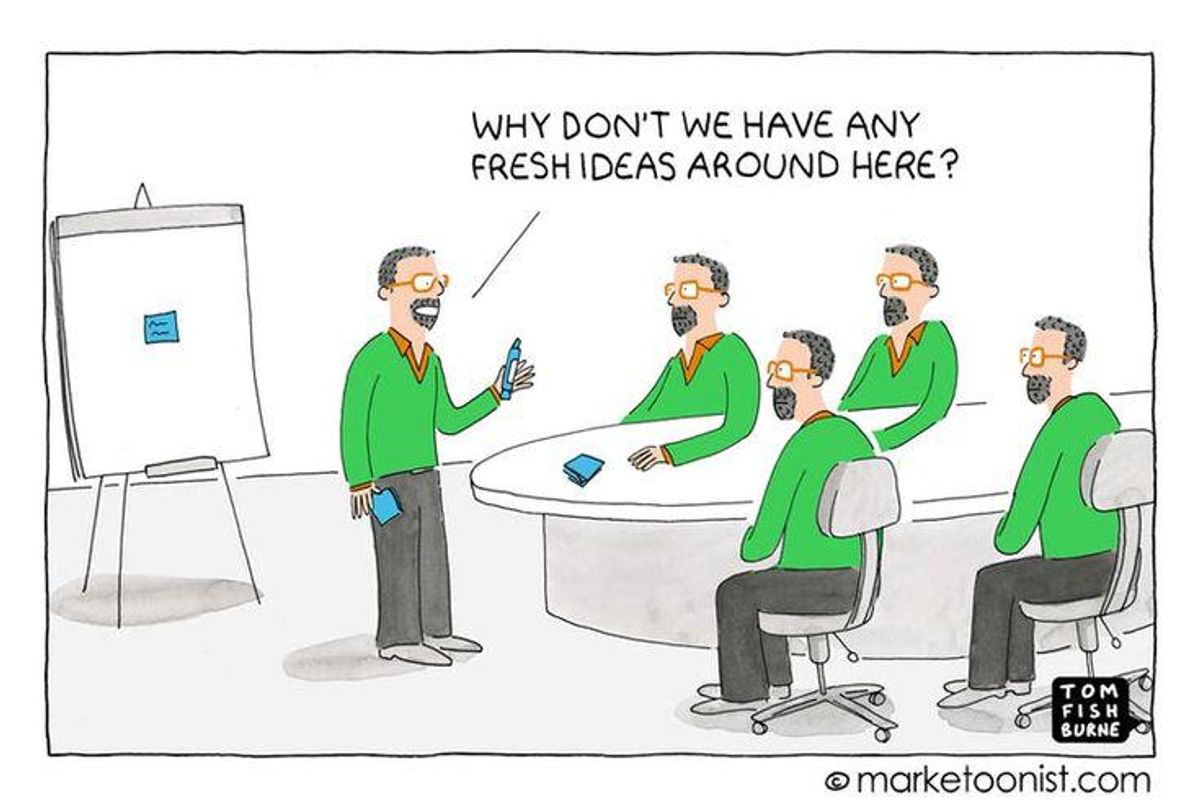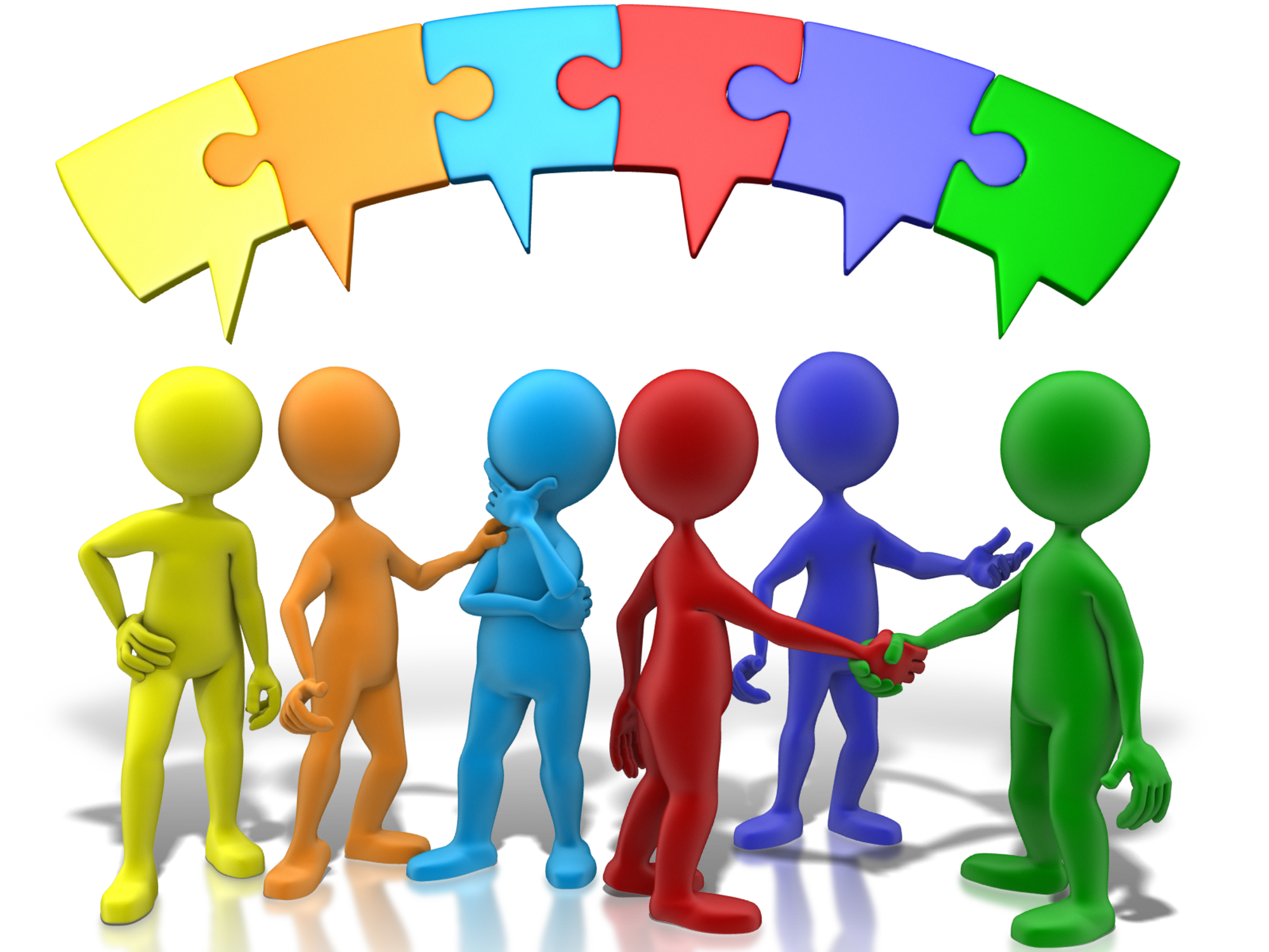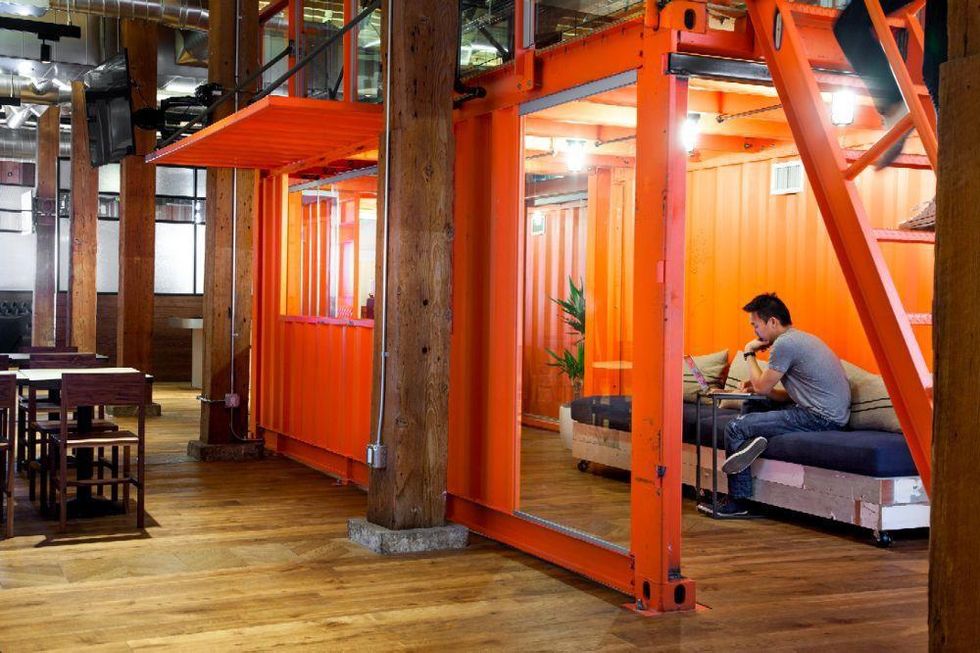
You re meeting with your team about solving a problem and want to make sure the problem doesn t happen again. One person suggests a solution, but there isn t a lot of conversation. You may have come up with a solution, but it may only fix a symptom or be a workaround. There should have been more conversation to make sure the team came up with the best solution.

The conversation must be constructive and respectful, specifically since some ideas will be more feasible than others. In order to have a meaningful conversation: 1) team members need to feel safe to express their opinion to the group; and 2) the team should consist of individuals who are well-versed in their area of expertise. I think there is also a third item: to have diverse individuals.
And when I say diverse, gender and race are just the first steps. I also mean national origin, sexual orientation, and all of the other characteristics that make each of us different. Each individual has specific knowledge and work experience, and it s shaped by things such as our personality, background, and even our childhood. All of these things give us a unique and valuable perspective.
Even a mundane question like "How to eat the best bowl of cereal?" has more than one answer. Most people pour a bowlful of cereal then add milk. Some will pour the milk first and then add the cereal. And others will pour a bowlful with two different kinds of cereal or prefer to use almond milk. You may not have considered some of these ideas, but individuals can rationalize why their way is best. So, you should challenge your assumptions and thought process by listening to (and trying) various ideas before making a final decision.

It s similar when trying to come up with the best solution for a problem or strategy/plan. The more homogenous the team is, the more groupthink you ll potentially have—because the group has a similar thinking style. But when you have a diverse team, you re likely to have more of an innovative brainstorming session. When you have a diverse team, there will be perspectives that you may not have considered such as:
- Specific areas of the state have inadequate internet bandwidth compared to other areas which would limit trying to run certain programs
- You re expanding and want to market your product/service to a new target audience (who is currently underrepresented)
- Screen design that doesn t accommodate individuals who are red-green colorblind or have other special needs
- Terminology or graphics in a custom user manual that could be offensive or misinterpreted
- You re making a presentation to an overseas client, but are there potential cultural differences you should be aware of?
How embarrassing would it be if a customer pointed out a major flaw? Especially if it could have been avoided if there wasn t groupthink ? Initially, some team members may feel out of their comfort zone, but with each success, they ll get into a groove. The team learns to appreciate the diverse ideas and perspectives being contributed and celebrates the uniqueness that each team member brings. They ll ultimately have more innovative and productive discussions and develop well-thought-out solutions. The team will realize that diversity makes them stronger, and to hold the door open for the next individual.
For more information on the benefits of a diverse team, follow me on LinkedIn!
Source







